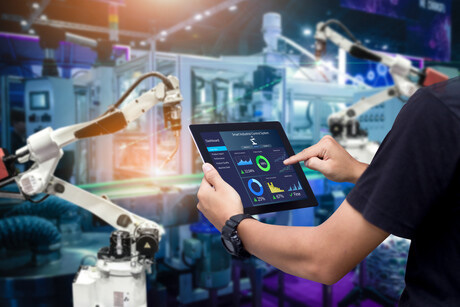
ToF camera is the best choice for industrial measurement
ToF camera is used in the industrial field and can realize many machine vision functions, such as measurement functions. ToF camera can automatically measure…

ToF camera is used in the industrial field and can realize many machine vision functions, such as measurement functions. ToF camera can automatically measure…
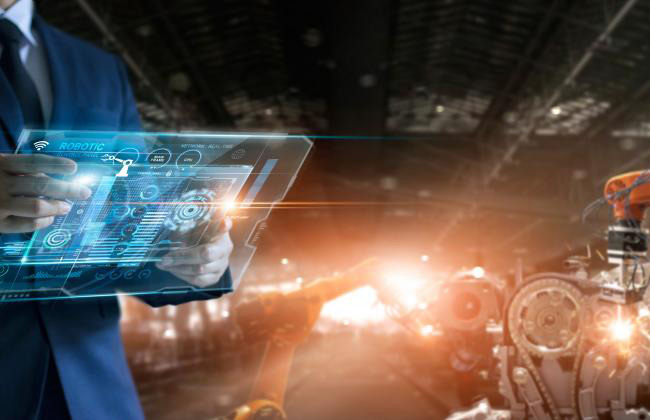
We use vision to see the world. About 80% of the information that people obtain from the outside world is obtained visually. use of tof camera for 3D machine…
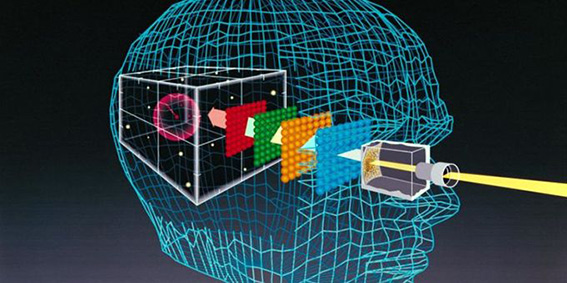
There are many cases where tof camera is used in the field of machine vision, such as robot vacuum, food delivery robots, industrial robots, etc. tof camera…
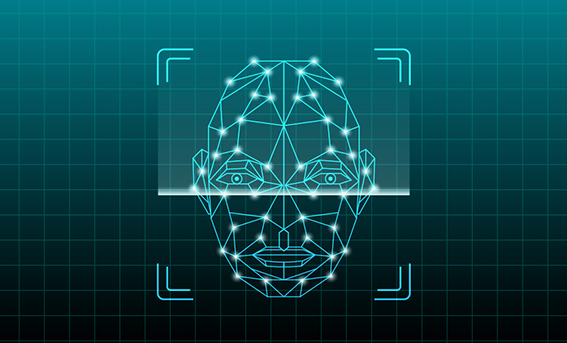
With the continuous development of science and technology, face recognition technology has been widely used in many fields such as finance, security,…
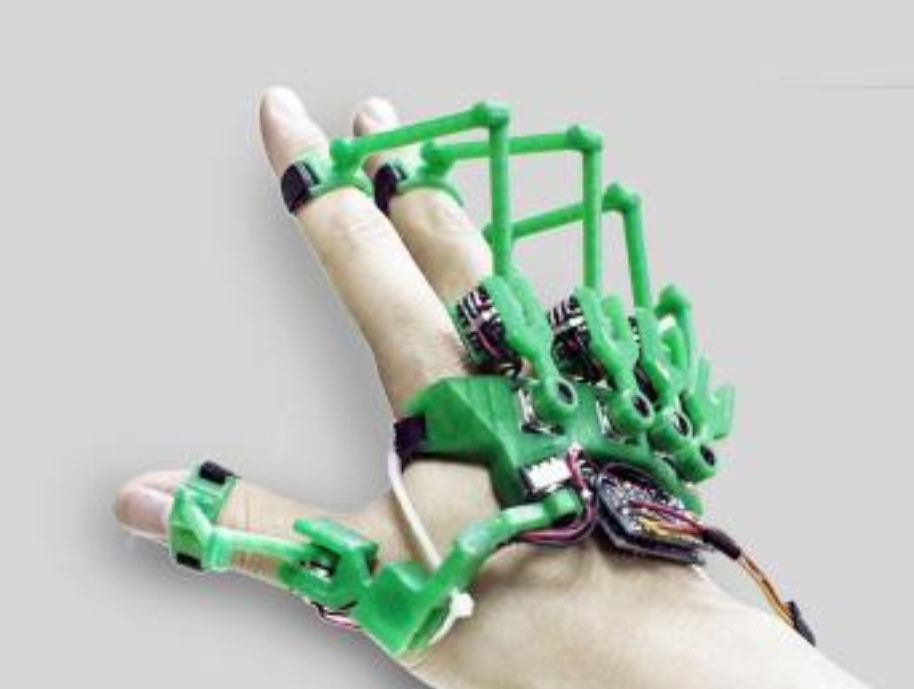
Combination of 3D depth camera and 3D printer technology can make data real and bring convenience to scientific research, data analysis, and our life. It is to…
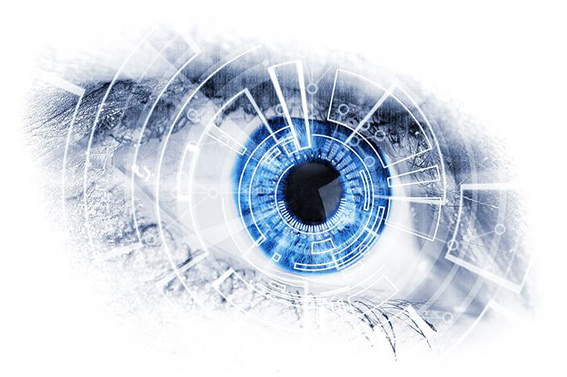
With the gradual development of machine vision, automatic driving and other technologies, there are more and more applications related to object recognition,…
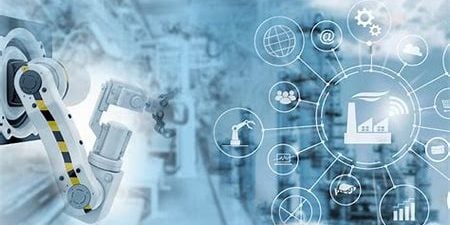
ToF camera technology enables machines to go beyond simple 2D images and explore the third dimension, enabling depth perception and better object recognition.…
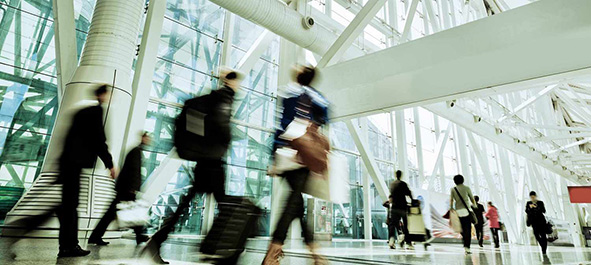
ToF sensor solution has good privacy protection capability and is an ideal choice for passenger flow statistics applications.

What are the application scenarios of ToF depth camera? Due to the wide range of applications of ToF depth cameras, we focus on several specific application…
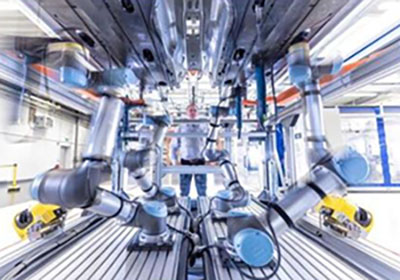
ToF sensor is used in the single-piece separation system, which can automatically separate, pull the distance and intelligently queue the mixed packages before…

ToF technology has the advantages of simple principle, strong anti-interference ability, high imaging accu racy, good portability and easy integration. At…
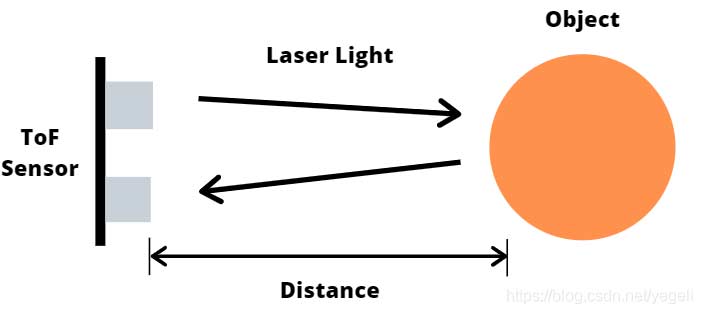
Distance measurement and object detection play an important role in many fields, including factory automation, robotics applications, and logistics. Especially…